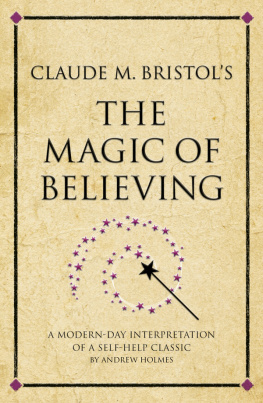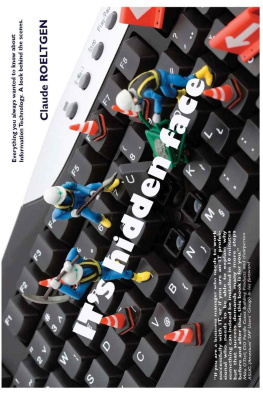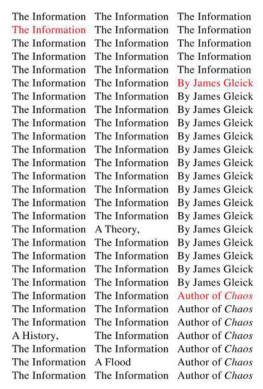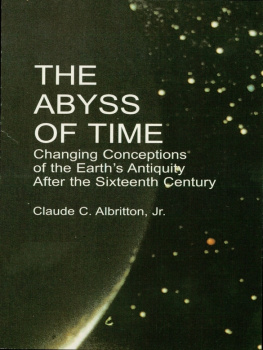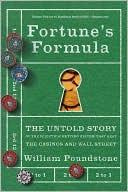Thank you for downloading this Simon & Schuster ebook.
Get a FREE ebook when you join our mailing list. Plus, get updates on new releases, deals, recommended reads, and more from Simon & Schuster. Click below to sign up and see terms and conditions.
CLICK HERE TO SIGN UP
Already a subscriber? Provide your email again so we can register this ebook and send you more of what you like to read. You will continue to receive exclusive offers in your inbox.
We hope you enjoyed reading this Simon & Schuster ebook.
Get a FREE ebook when you join our mailing list. Plus, get updates on new releases, deals, recommended reads, and more from Simon & Schuster. Click below to sign up and see terms and conditions.
CLICK HERE TO SIGN UP
Already a subscriber? Provide your email again so we can register this ebook and send you more of what you like to read. You will continue to receive exclusive offers in your inbox.
ALSO BY JIMMY SONI AND ROB GOODMAN
Romes Last Citizen: The Life and Legacy of Cato, Mortal Enemy of Caesar

Simon & Schuster
1230 Avenue of the Americas
New York, NY 10020
www.SimonandSchuster.com
Copyright 2017 by Jimmy Soni and Rob Goodman
All rights reserved, including the right to reproduce this book or portions thereof in any form whatsoever. For information, address Simon & Schuster Subsidiary Rights Department, 1230 Avenue of the Americas, New York, NY 10020.
First Simon & Schuster hardcover edition July 2017
SIMON & SCHUSTER and colophon are registered trademarks of Simon & Schuster, Inc.
For information about special discounts for bulk purchases, please contact Simon & Schuster Special Sales at 1-866-506-1949 or .
The Simon & Schuster Speakers Bureau can bring authors to your live event. For more information or to book an event, contact the Simon & Schuster Speakers Bureau at 1-866-248-3049 or visit our website at www.simonspeakers.com.
Interior design by Lewelin Polanco
Jacket design by Lauren Peters-Collaer
Jacket photo by Alfred Eisenstaedt/The Life Picture Collection/Getty Images
Background images by Sedmi and Photocell/Shutterstock
Library of Congress Cataloging-in-Publication Data
Names: Soni, Jimmy. | Goodman, Rob.
Title: A mind at play : how Claude Shannon invented the information age / by Jimmy Soni and Rob Goodman.
Description: New York : Simon & Schuster, 2017. | Includes bibliographical references and index.
Identifiers: LCCN 2016050944 (print) | LCCN 2016051979 (ebook) | ISBN 9781476766683 (hardcover : alk. paper) | ISBN 9781476766690 (trade pbk. : alk. paper) | ISBN 9781476766706 (ebook)
Subjects: LCSH: Shannon, Claude Elwood, 19162001. | MathematiciansUnited StatesBiography. | Electrical engineersUnited StatesBiography. | Information theory.
Classification: LCC QA29.S423 S66 2017 (print) | LCC QA29.S423 (ebook) | DDC 003/.54092 [B] dc23
LC record available at https://lccn.loc.gov/2016050944
ISBN 978-1-4767-6668-3
ISBN 978-1-4767-6670-6 (ebook)
For Abigail, born 6/22/15
R.G.
For Meagan
J.S.
Contents
Geniuses are the luckiest of mortals because what they must do is the same as what they most want to do and, even if their genius is unrecognized in their lifetime, the essential earthly reward is always theirs, the certainty that their work is good and will stand the test of time. One suspects that the geniuses will be least in the Kingdom of Heavenif, indeed, they ever make it; they have had their reward.
W. H. AUDEN
INTRODUCTION
T he thin, white-haired man had spent hours wandering in and out of meetings at the International Information Theory Symposium in Brighton, England, before the rumors of his identity began to proliferate. At first the autograph seekers came in a trickle, and then they clogged hallways in long lines. At the evening banquet, the symposiums chairman took the microphone to announce that one of the greatest scientific minds of our time was in attendance and would share a few wordsbut once he arrived onstage, the thin, white-haired man could not make himself heard over the peals of applause.
And then finally, when the noise had died down: This isridiculous! Lacking more to say, he removed three balls from his pocket and began to juggle.
After it was over, someone asked the chairman to put into perspective what had just happened. It was, he said, as if Newton had showed up at a physics conference.
It was 1985, and the jugglers work was long over, and just beginning. It had been nearly four decades since Claude Elwood Shannon published the Magna Carta of the Information Ageinvented, in a single stroke, the idea of information. And yet the world his idea had made possible was only just coming into being. Now we live immersed in that world, and every email we have ever sent, every DVD and sound file we have ever played, and every Web page we have ever loaded bears a debt to Claude Shannon.
It was a debt he was never especially keen to collect. He was a man immune to scientific fashion and insulated from opinion of all kinds, on all subjects, even himself, especially himself; a man of closed doors and long silences, who thought his best thoughts in spartan bachelor apartments and empty office buildings. A colleague called Shannons information theory a bomb. It was stunning in its scopehe had conceived of a new science nearly from scratchand stunning in its surprisehe had gone years barely speaking a word of it to anyone.
Of course, information existed before Shannon, just as objects had inertia before Newton. But before Shannon, there was precious little sense of information as an idea, a measurable quantity, an object fitted out for hard science. Before Shannon, information was a telegram, a photograph, a paragraph, a song. After Shannon, information was entirely abstracted into bits. The sender no longer mattered, the intent no longer mattered, the medium no longer mattered, not even the meaning mattered: a phone conversation, a snatch of Morse telegraphy, a page from a detective novel were all brought under a common code. Just as geometers subjected a circle in the sand and the disc of the sun to the same laws, and as physicists subjected the sway of a pendulum and the orbits of the planets to the same laws, Claude Shannon made our world possible by getting at the essence of information.
It is a puzzle of his life that someone so skilled at abstracting his way past the tangible world was also so gifted at manipulating it. Shannon was a born tinkerer: a telegraph line rigged from a barbed-wire fence, a makeshift barn elevator, and a private backyard trolley tell the story of his small-town Michigan childhood. And it was as an especially advanced sort of tinkerer that he caught the eye of Vannevar Bushsoon to become the most powerful scientist in America and Shannons most influential mentorwho brought him to MIT and charged him with the upkeep of the differential analyzer, an analog computer the size of a room, a fearsome thing of shafts, gears, strings, and wheels rolling on disks that happened to be the most advanced thinking machine of its day.
Shannons study of the electrical switches directing the guts of that mechanical behemoth led him to an insight at the foundation of our digital age: that switches could do far more than control the flow of electricity through circuitsthat they could be used to evaluate any logical statement we could think of, could even appear to decide. A series of binary choiceson/off, true/false, 1/0could, in principle, perform a passable imitation of a brain. That leap, as Walter Isaacson put it, became the basic concept underlying all digital computers. It was Shannons first great feat of abstraction. He was only twenty-one.
Next page





